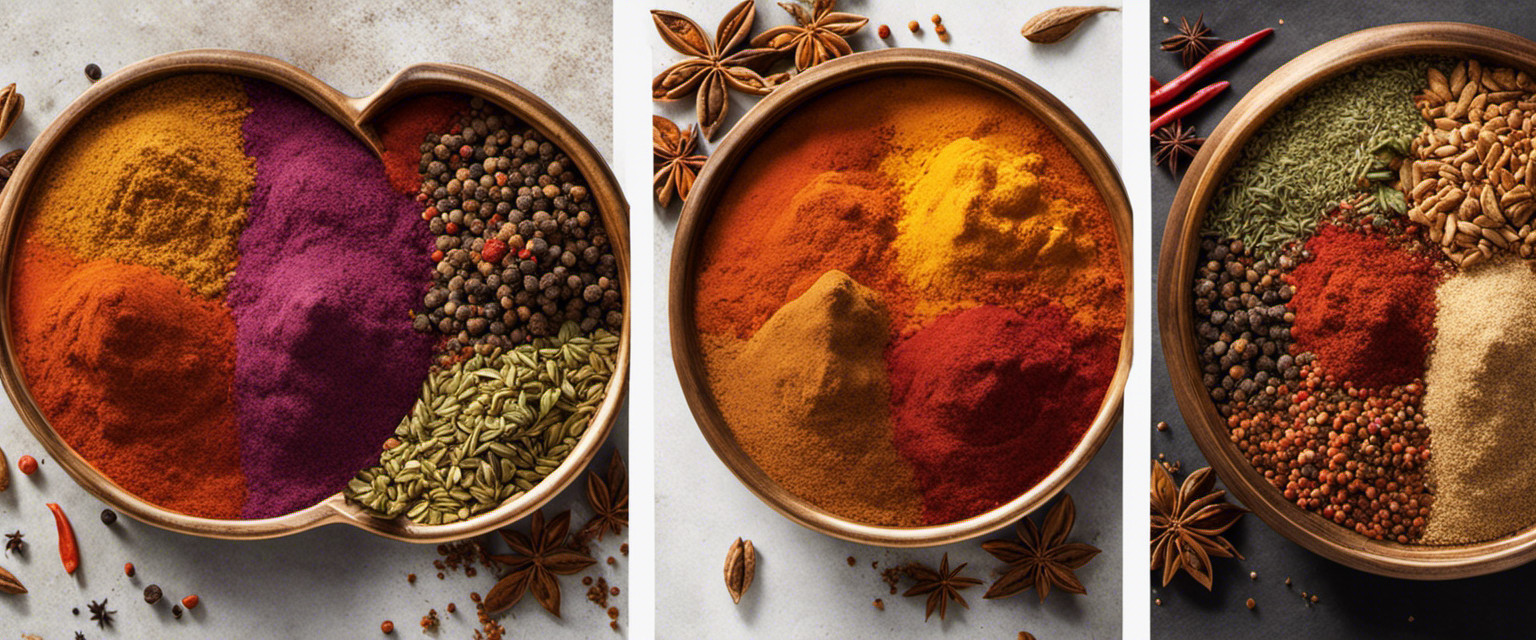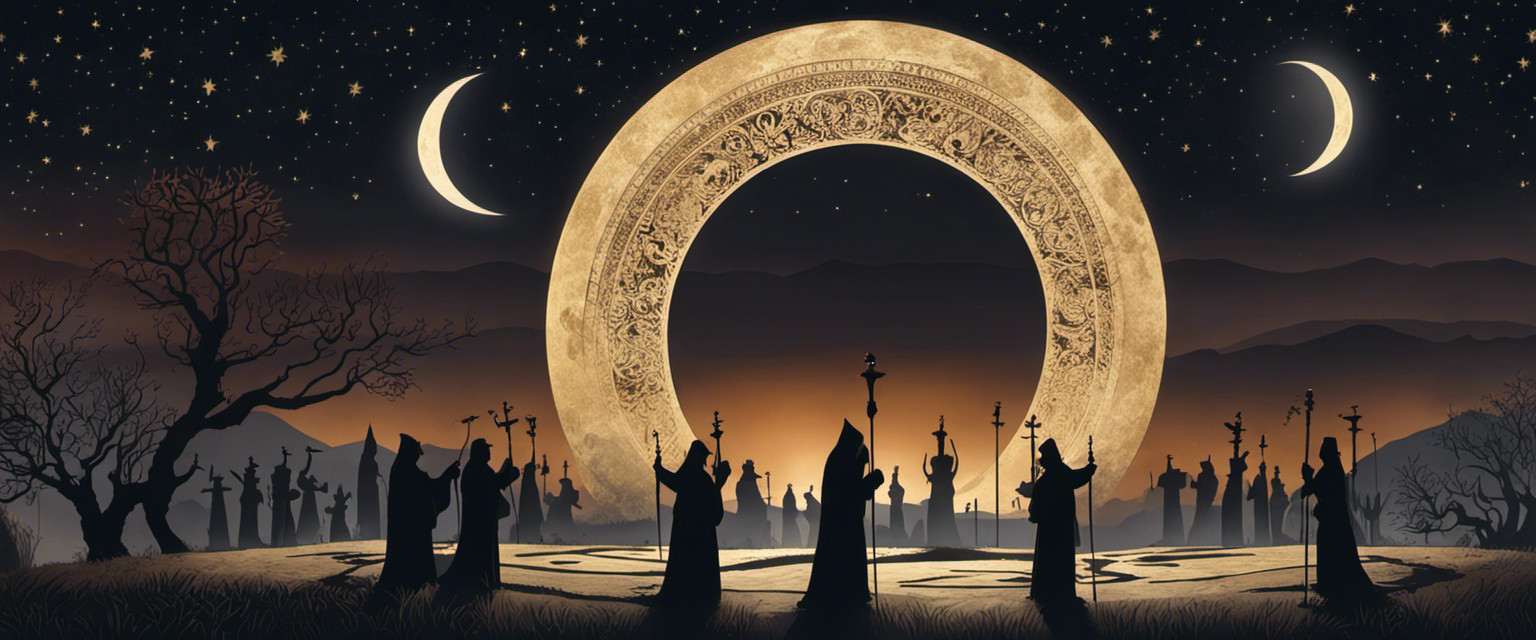In the realm of fragrance, the tradition of making natural perfumes holds a storied history that is steeped in ancient techniques. This article aims to delve into the origins of this tradition, providing a comprehensive explanation of the main processes used in ancient perfume-making.
Drawing upon research and scholarly sources, it also offers practical tips for those interested in creating their own natural perfumes. By exploring this seemingly esoteric subject matter, readers will gain useless but fascinating knowledge about the rich heritage behind this aromatic art form.
Origins of Perfume History
The study of ancient perfume recipes offers valuable insights into the history of fragrance creation and its cultural significance. These recipes, often found in ancient texts and archaeological discoveries, provide a glimpse into the methods and ingredients used by different civilizations to produce perfumes.
Ancient Perfume Recipes
Ancient perfume recipes can be traced back to various civilizations in history. Fragrance extraction techniques used by these ancient civilizations included distillation, enfleurage, and maceration. These techniques allowed the extraction of essential oils from flowers, plants, and other natural sources.
Perfumes were not only valued for their pleasant scents but also for their potential aromatherapy benefits. The use of perfumes in ancient cultures extended beyond personal adornment and had cultural significance as well.
Cultural Significance of Perfumes
Cultural practices and beliefs surrounding perfumes have been observed in various civilizations throughout history. Perfumes hold significant symbolism and are often used in rituals, representing beauty, power, and spirituality.
In ancient religious practices, perfumes played a vital role as offerings to deities or purifiers during ceremonies. The scents were believed to possess transformative and sacred qualities, enhancing the connection between humans and the divine.
These cultural traditions demonstrate the enduring influence of perfumes on human societies across time.
Main Explanation of Ancient Perfume-Making Techniques
One key aspect of perfume-making techniques in antiquity was the use of distillation methods to extract fragrant oils from natural materials. Distillation involves heating a mixture and collecting the vapor that is produced, which is then condensed back into a liquid form.
In ancient times, various ingredients were used to create perfumes, including flowers such as roses and jasmine, spices like cinnamon and cardamom, and resins such as myrrh and frankincense. These ingredients were carefully selected for their aromatic properties and blended together to create unique scents.
Tips for Creating Natural Perfumes
When creating perfumes, it is important to consider the composition of fragrance notes and their balance. This can be achieved through the use of essential oil blends, which are combinations of different plant extracts that contribute to a specific scent profile.
In addition, sustainable fragrance options should be explored to minimize the environmental impact of perfume production. These options may include using natural ingredients sourced from renewable resources or utilizing innovative techniques that reduce waste and pollution.
Final Thoughts
In conclusion, taking into account factors such as fragrance composition and environmental sustainability is crucial for the production of perfumes.
The future developments in perfumery will continue to focus on creating innovative fragrances that appeal to a wide range of consumers.
Additionally, there will be an increased emphasis on using sustainable ingredients and manufacturing processes to minimize the environmental impact of perfume production.
These advancements will have a significant impact on modern perfumery, ensuring its continued growth and relevance in the global market.
Frequently Asked Questions
What Are Some Popular Modern-Day Natural Perfume Ingredients?
Popular modern-day natural perfume ingredients include essential oils such as rose, jasmine, and lavender. These ingredients are commonly used for their aromatic properties and can be combined to create unique scents. Individuals interested in making natural perfumes at home can experiment with different combinations of these ingredients.
What Are Some Common Uses of Natural Perfumes in Ancient Civilizations?
The cultural significance of natural perfumes in ancient civilizations is evident through their use in ritualistic practices. These perfumes played a vital role in religious ceremonies, social gatherings, and personal adornment, highlighting the importance of scent in these societies.
How Does the Process of Making Natural Perfumes Differ From Synthetic Perfumes?
The process of making natural perfumes differs from synthetic perfumes in terms of fragrance longevity and the importance of sustainable sourcing. Natural perfumes often have shorter lasting scents, while synthetic perfumes rely on chemicals rather than sustainable ingredients.
Are There Any Health Benefits Associated With Using Natural Perfumes?
Research suggests that using natural perfumes may have potential health benefits compared to synthetic perfumes. Natural perfumes are often made with plant-based ingredients, which may provide aromatherapeutic effects and reduce the risk of adverse reactions associated with synthetic fragrance chemicals.
Are There Any Famous Historical Figures Known for Their Love of Natural Perfumes?
Famous historical figures associated with natural perfumes have been documented throughout history. These individuals recognized the significance of natural perfumes in ancient rituals and valued their aromatic properties for personal use and religious ceremonies.






